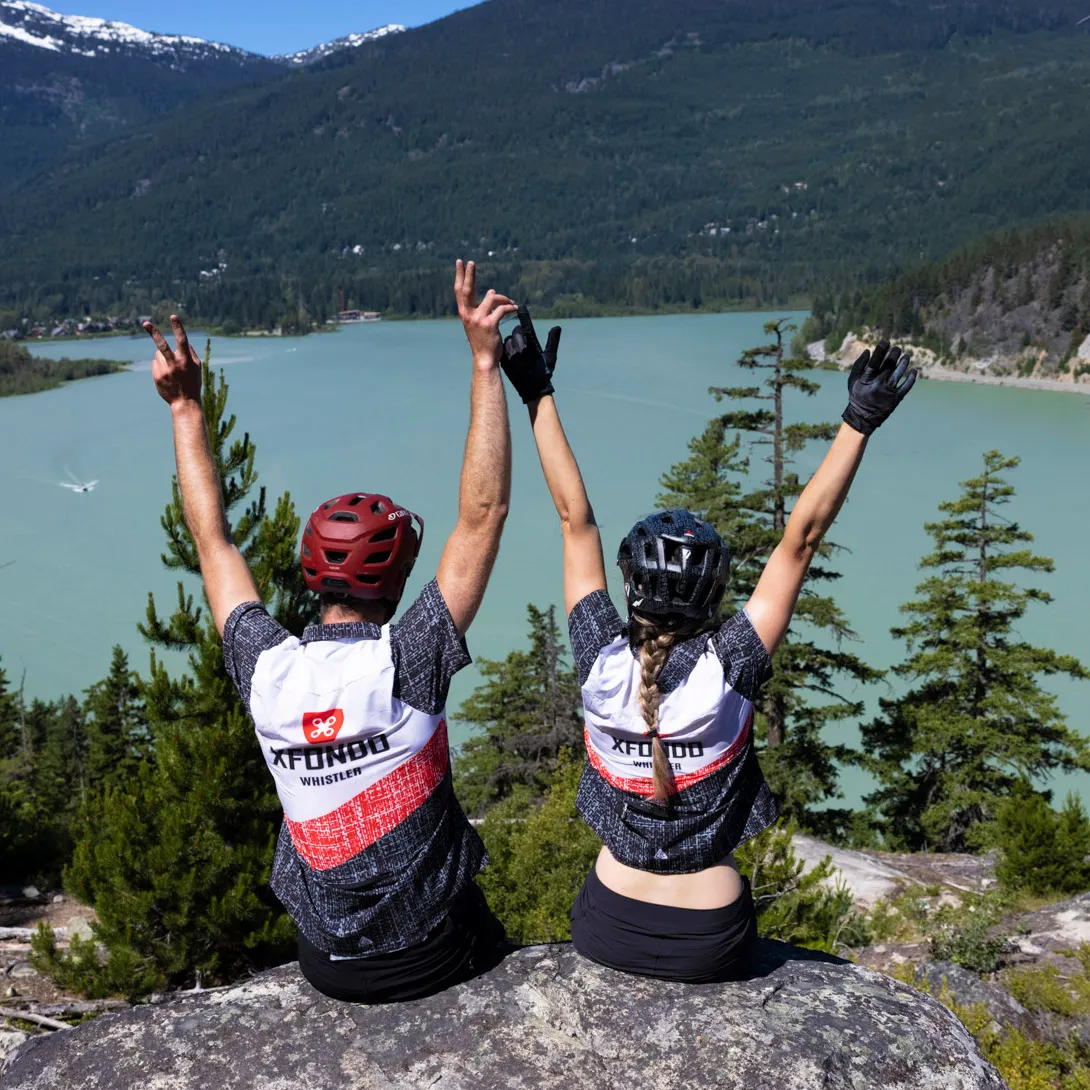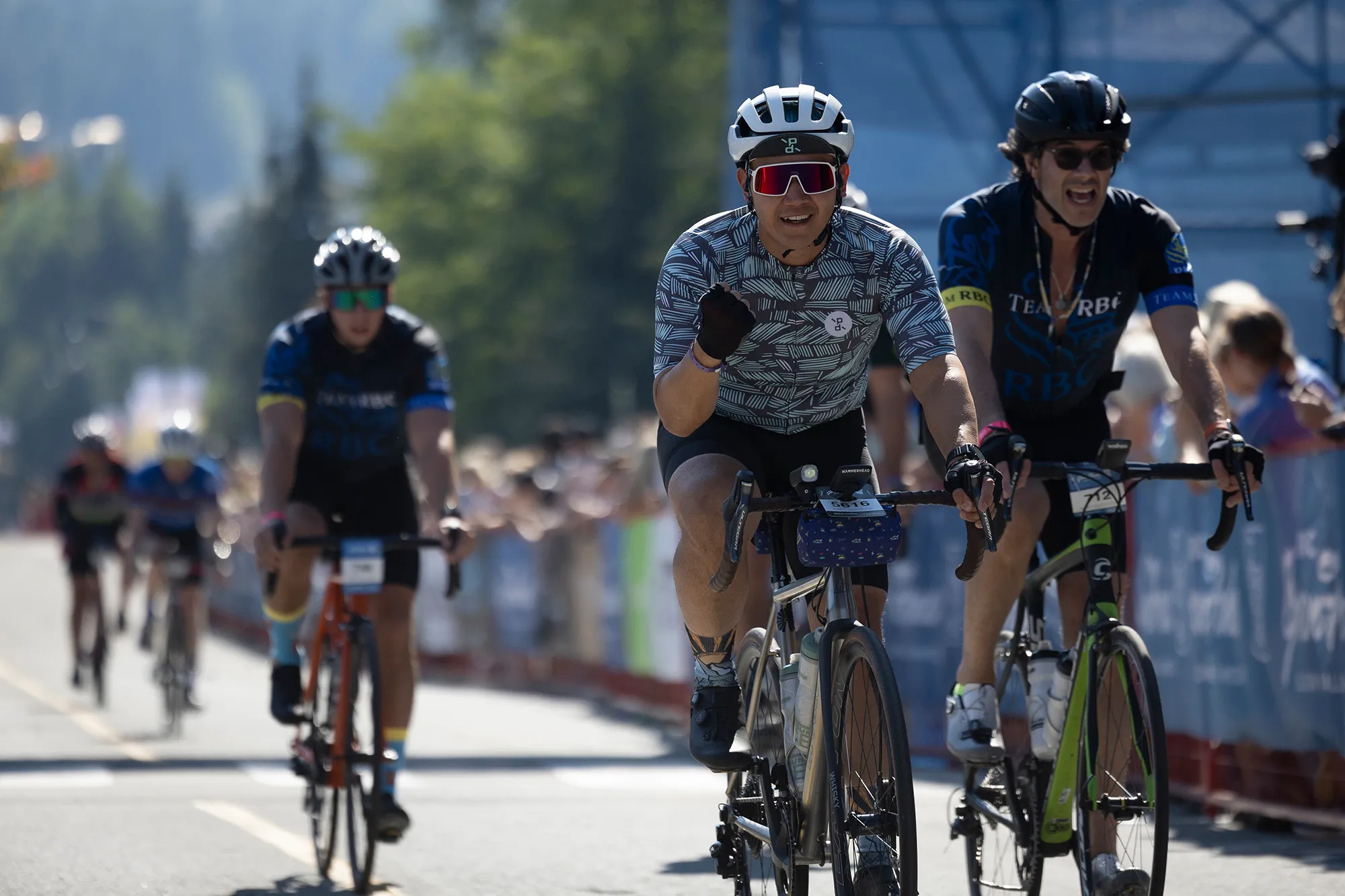

Life is too short for average experiences. Join our next-level events and look forward to achieving those indelible memories right alongside the people that matter to you the most.


From exciting pre-event gatherings to comprehensive support and guidance, prepare to be captivated and entertained as we invite you to join us on a journey beyond the ordinary.



Road, gravel, dirt, trail: ride 4 terrains in 1 day
June 14, 2025

Road, gravel, dirt, trail: ride 4 terrains in 1 day
June 14, 2025
Contact us to explore bespoke partnership opportunities and become part of experience.
The insider newsletter gets you the latest updates, announcements, and exclusive offers. Plus, connect with us on social media to stay informed about upcoming events.
*by subscribing, you automatically confirm that you agree to our terms of use and privacy policy and are ready to receive our marketing communications.